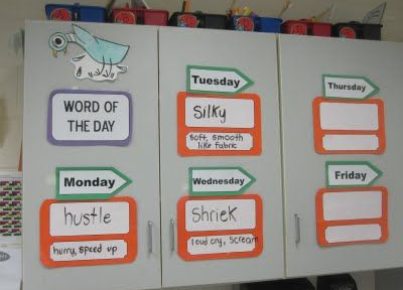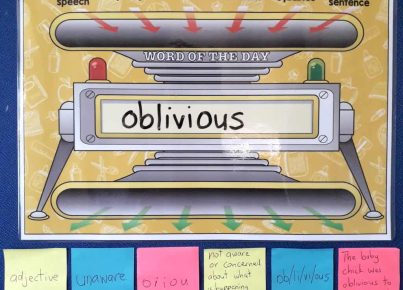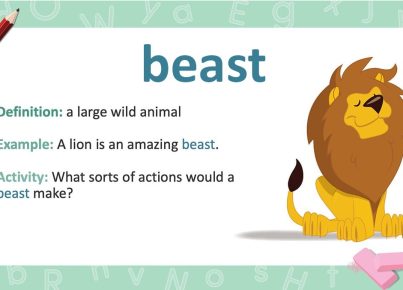As language evolves with time, teachers often find themselves seeking new ways to expand student vocabulary. One often overlooked yet highly valuable resource is the dictionary addendum; a collection of new words and their definitions that have made their way into mainstream use. Incorporating these contemporary terms into classroom lessons not only enriches students’ vocabularies but also fosters a connection between the academia and real-world language skills.
The Importance of Teaching New Vocabulary
Language, as a living and breathing entity, goes through constant changes. It’s crucial for teachers to remain up-to-date with these changes in order to effectively prepare students for successful communication in the world outside the classroom. By teaching new vocabulary, educators are better equipped to help:
1. Boost reading comprehension: Research has shown that one of the most effective ways to improve a child’s reading comprehension is by expanding their vocabulary.
2. Foster creativity and expression: A broader vocabulary promotes more expressive communication and can inspire greater creativity in students’ writing.
3. Encourage empathy and understanding: As society evolves, language plays an essential role in promoting awareness of various social issues. Familiarity with newer terms helps students better understand different cultures, perspectives, and experiences.
4. Improve students’ grasp of standardized tests: Many exams contain unfamiliar words that act as barriers for some students. By regularly introducing new vocabulary, educators ensure that pupils are prepared for whatever terms they may encounter during testing.
Preparing Classroom Materials
By incorporating dictionary addenda into your lesson plans, you can infuse activities with the latest linguistic updates while deepening students’ understanding of contemporary issues.
1. Word Wall: Dedicate space in your classroom where you can display newly introduced words from the addendum alongside their brief definitions and sample sentences.
2. Weekly Vocabulary Spotlight: Assign one word per week from the dictionary addendum as a focus point for lessons across all subjects.
3. Writing assignments: Encourage students to use newly-learned words in their writing tasks or create stories based on the words they have learned.
4. Debates and discussions: Using the addendum, foster discussions which enable students to explore the connotations of modern terms in relation to current events, societal changes and perspectives.
5. Vocabulary games: Develop word-based activities such as crosswords, word searches, and quizzes that include content from the dictionary addendum for students to complete during breaks or as part of homework assignments.
5. Collaborative projects: Have students work in groups to research and present about words from the addendum, including their origins, meanings, and usage in popular media and literature.
In Conclusion
By embracing a dictionary addendum as a teaching tool, educators can not only strengthen students’ linguistic abilities but also encourage a more comprehensive understanding of the rapidly evolving world around them. This dimension of education builds strong communicators who are well-equipped to engage with the diverse society that awaits them beyond the classroom walls.





